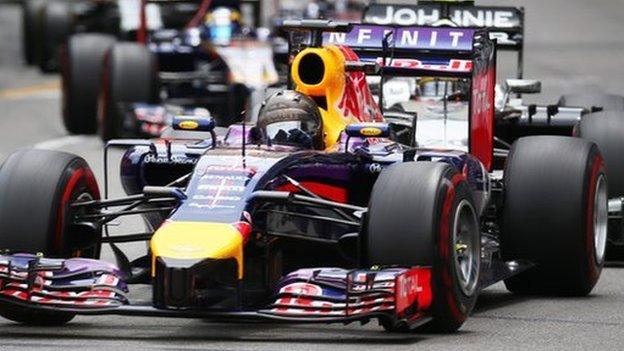McLaren: could one of F1's top teams struggle for years?
- Published
- comments
When Jenson Button said that finishing the Australian Grand Prix was "a massive step forward", external for McLaren-Honda, it was effectively an admission of just how far his beleaguered team have to go before they can achieve their targets.
Back in December, McLaren chairman Ron Dennis talked about wanting to repeat the success of the late 1980s and early 1990s, when the team won the drivers' and constructors' titles for four successive years from 1988.
But there is no comparison between the new McLaren-Honda and the old one.
When the two joined forces in 1988, Honda's turbo had been established as the best engine in F1 for at least two years and had been racing for five. The 2015 Honda turbo engine - with the hybrid technology now part of F1 - raced for the first time on Sunday.
How bad is it?
The McLaren-Honda was the slowest car in Australia by a massive margin.
Button and team-mate Kevin Magnussen were 1.5 seconds away from getting out of the first knockout stage of qualifying.
On paper, they were 2.9secs slower than Mercedes in that session. But given the world champions were on the slower tyre, a further second can be added to that gap.
That's without considering the extra power Mercedes would gain from turning up their engine progressively for the next two parts of qualifying.
Three seconds off the pace each lap is bad enough, but five is close to catastrophic. And it raises the very real question of whether McLaren-Honda can ever close that gap.
Even McLaren racing director Eric Boullier admitted that "it may take more than a couple of years to catch up".
So what has gone wrong and can it be fixed?
Engine the biggest problem
The main reason is the engine. It only takes a glance at the speed trap figures to see that. McLaren are right at the bottom and were a massive 14-15km/h slower than the pace-setting, Mercedes-powered Williams.
Button was 15.5km/h slower than the Williams of Felipe Massa at the start-finish line, but only 14.8km/h down at the speed trap situated before the braking zone at the end of the straight.
This strongly suggests that the hybrid part of the engine is where the major problem lies, for it is with punch out of corners that the electrical energy plays the biggest part in performance.
The hybrid part of an F1 engine - recovering energy from both the rear axle (the MGU-K) and turbo (the MGU-H) - can account for anything between 160-200bhp, depending on how effective the technology is at recovering energy from the turbo, which is unlimited.
F1 engineers have a formula for working out what a lap-time deficit is equivalent to in terms of horsepower. This is, on average, 0.016secs per bhp.
So 2.9secs down is equivalent to 181bhp; 3.9secs is 244bhp; 5secs is 312bhp.
Now, not all the McLaren-Honda's deficit to the Mercedes will be down to the engine, so somewhere in amongst those numbers is how far the Honda is down on the Mercedes engine.
The real number is said to be at least 200bhp - equivalent, in effect if not in reality, to the whole hybrid part of the engine simply not working, and then some.
An ineffective hybrid system also requires the internal combustion element of the engine to be turned down, otherwise it would use too much fuel, as there is less power available from electrical energy.
Honda's main problem is that the engine is too unreliable to run at full power - and in Australia it had to be turned down even further than planned because the company did not have enough confidence in its ability to sustain the higher temperatures than were seen in pre-season testing in a southern European winter.
Describing the engine settings as "very conservative", Honda F1 boss Yasuhisa Arai said: "Unfortunately we don't have the experience of higher temperatures so we could not risk losing the engine in the first race."
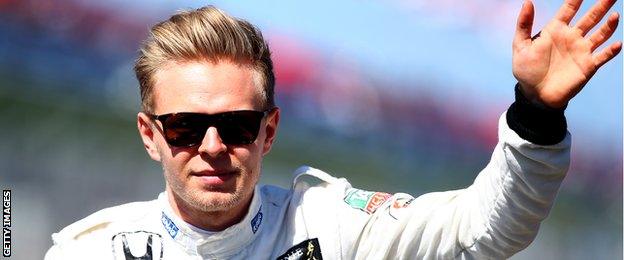
Kevin Magnussen replaced Fernando Alonso for McLaren-Honda but did not start the Australian Grand Prix
Both the MGU-K and the engine itself were reduced in output, he said.
Despite that, Kevin Magnussen's engine did fail on the way to the grid. Honda say they do not yet know whether that engine, which comes out of Fernando Alonso's allocation of four for the season, is a write-off.
How much more power the engine will have once Honda becomes more confident in its reliability is not known.
The indications are that Honda know what the problems are, but the team refuse to put a timetable on how long they will take to fix.
In its quest to improve performance, Honda has the added benefit that, although engine development is restricted, manufacturers have freedom to change parts beyond the limits set by the rules if it is for reliability purposes. So there is room for manoeuvre.
It has occurred to many that the shrink-wrapped, tightly designed rear end of the McLaren - what they call their "size-zero car" - might be an influencing factor in the reliability issues Honda is suffering. But the team insist that is not the case.
The car
Even if the engine is something over 200bhp down on the Mercedes, that still leaves a deficit of anywhere between a second and a second and a half in the car.
The McLaren drivers have been complimentary about the way the car behaves so far, and Button said the car was "about equal" to the Red Bull and Sauber in the corners.
But that's not exactly encouraging - one is, well, a Sauber; and Red Bull have massive problems with the driveability of the Renault engine, which is badly holding back its cornering performance.
However, Button, team-mate Kevin Magnussen and racing director Eric Boullier are confident the MP4-30 provides a good base for development.
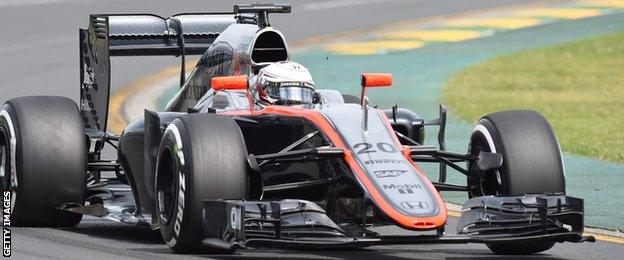
Kevin Magnussen finished last behind team mate Jenson Button in qualifying
Its design marks a philosophical shift for McLaren. For years, the team have chased peak downforce, with the result that the car is unpredictable and difficult to drive in corners because the downforce levels were inconsistent.
Aerodynamic design in F1 cars is a compromise. The more downforce a team chases from, say, a front wing, the more likely that part is to 'stall' - suddenly lose downforce because the airflow is disrupted. This is called "peaky" downforce and is what was happening to McLarens in the last few years.
Now, they have changed to a more Red Bull-style of philosophy, of aiming for more consistent, stable aerodynamics, which allow the driver to have more confidence, and therefore push harder.
"Last year," Button says, "the car had a lot of downforce initially when you hit the brakes but it was very on the nose on turn-in, and when you turned in you lost all front end at apex, whereas this year it does what you hope it will do, so you can be precise.
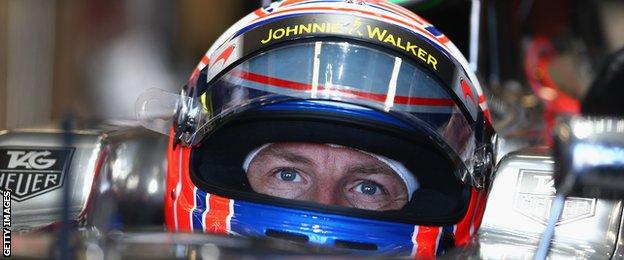
Jenson Button was the last of 11 cars to cross the finish line in Melbourne
"It is a good start. We don't have enough downforce to fight with the Mercedes [if we had the same power], for example, or even a couple of other teams. But the basic philosophy is definitely right. I have not driven a McLaren like this before, not in the way it works.
"I'm not saying it's the quickest McLaren I've ever driven, because it's not. But in the way it works the basic car is very good so it means you can build on it.
"The airflow is very clean so you can just add downforce whereas before you added downforce and it would change the characteristics of the car. But it still needs a lot of work to be competitive."
Boullier adds: "What we know is the car is already good compared to last year's but we also know that the aero or vehicle dynamics development we can bring on this car in the next months is massive."
- Published18 March 2015

- Published15 March 2015

- Published18 March 2015
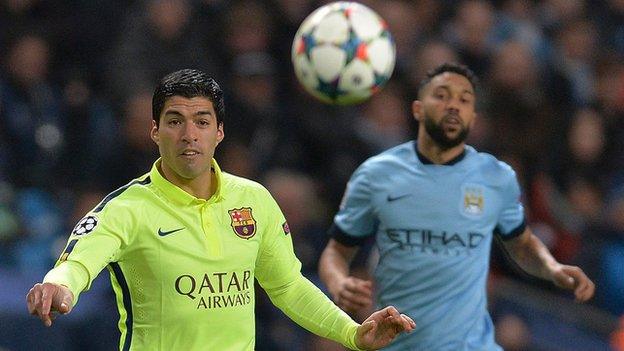
- Published17 March 2015
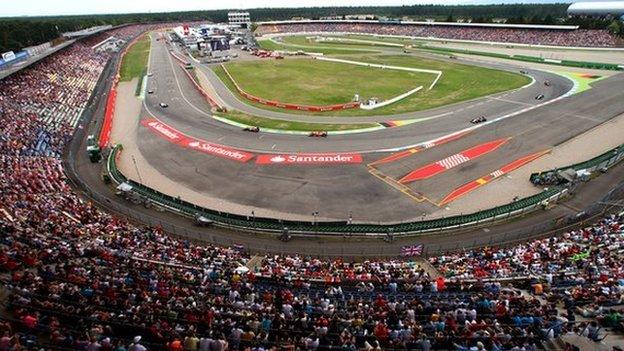
- Published17 March 2015
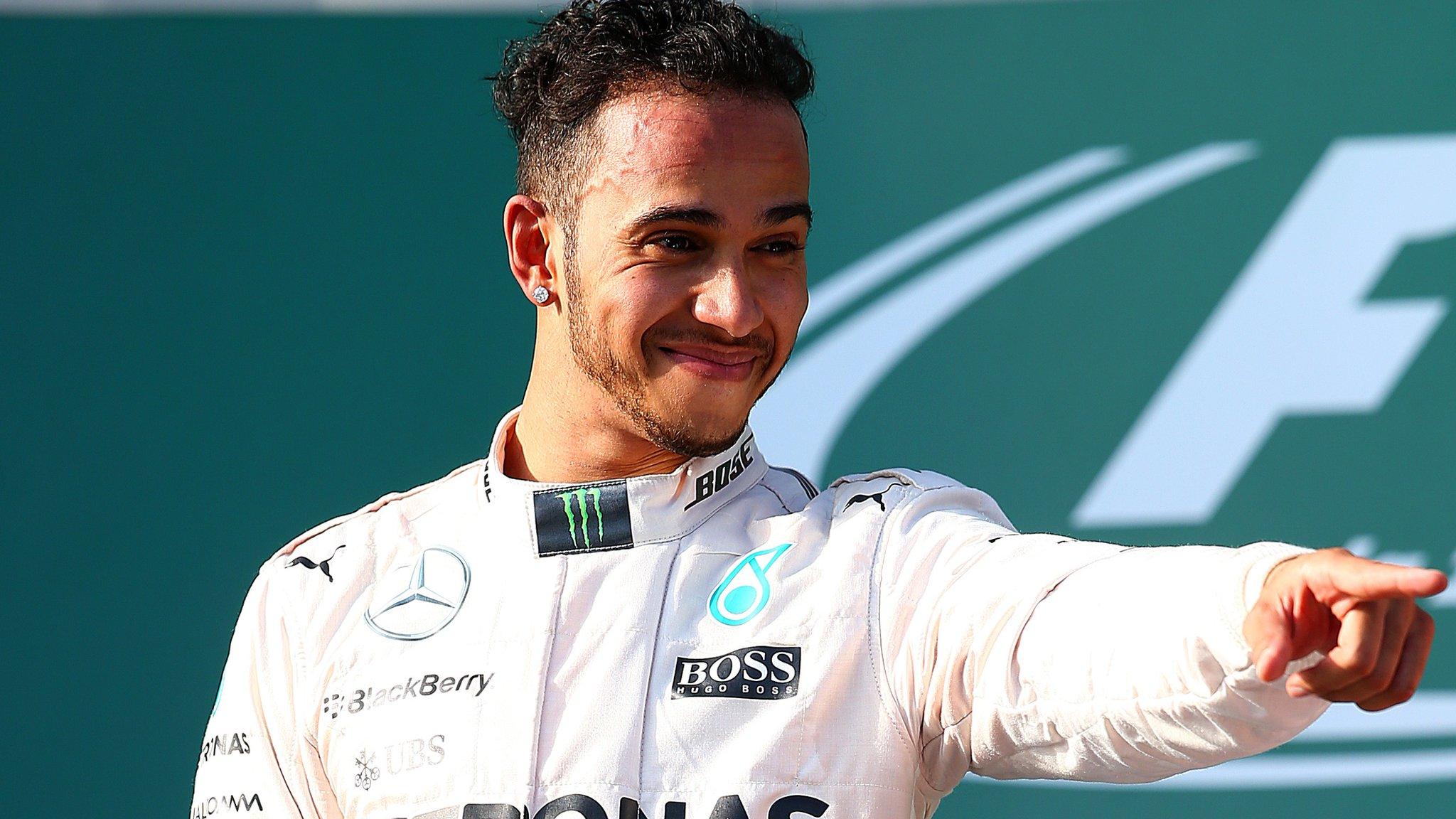
- Published18 December 2015
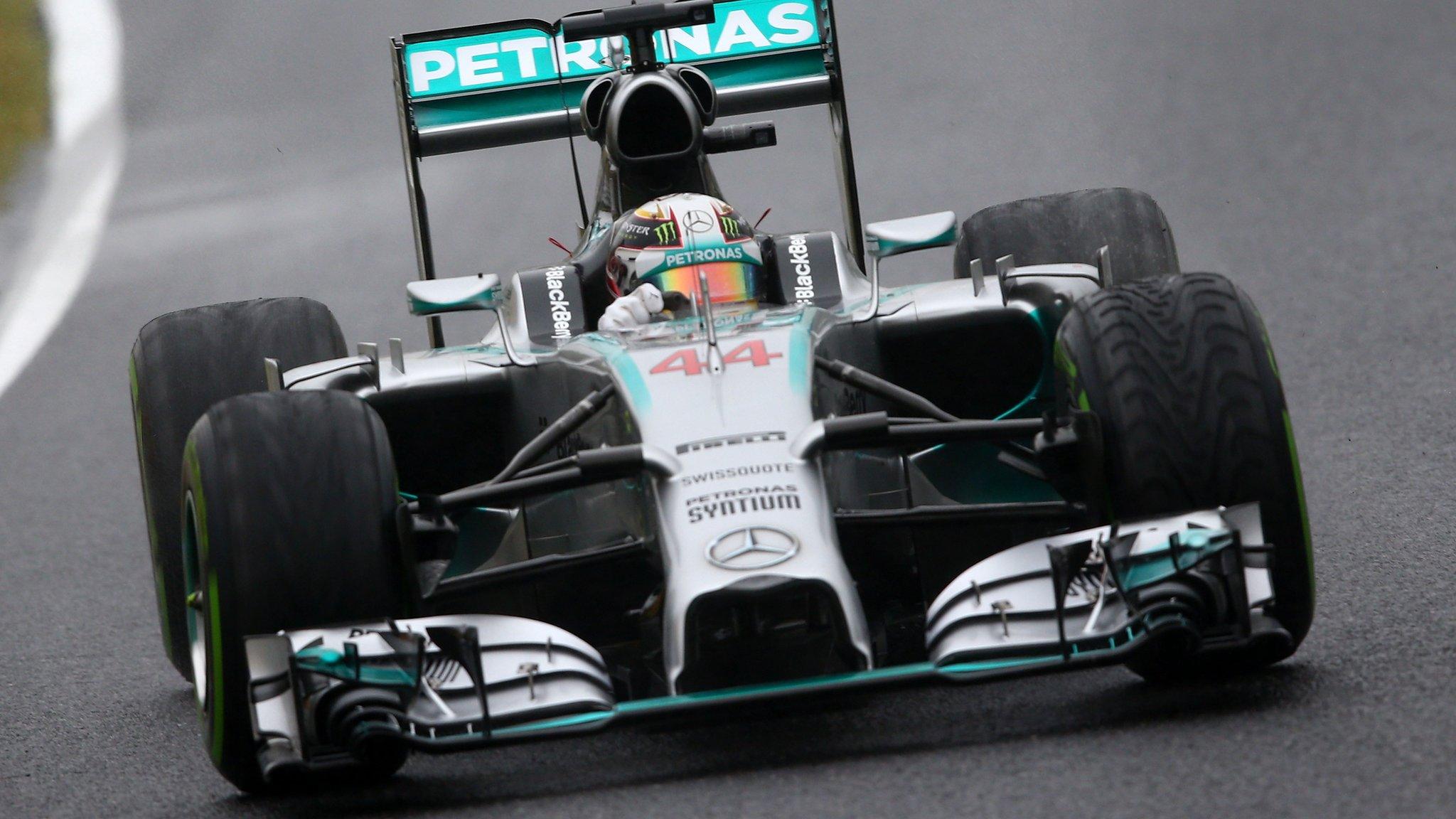
- Published2 November 2018

- Published26 February 2019
